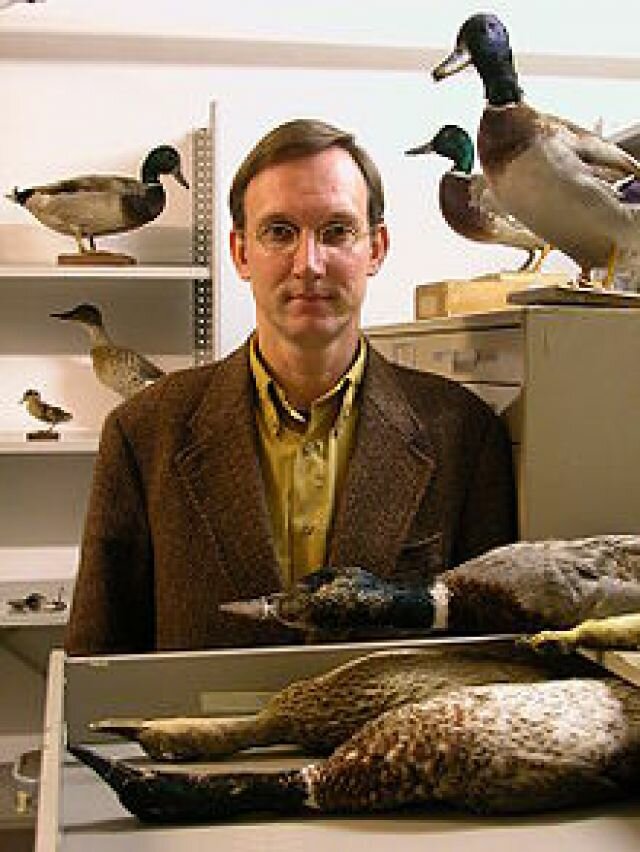In January of 2012, a mouse plague at the Binnenhof in The Hague in Holland reached the national news. The mice would bother people and that's why the little rodents were going to be exterminated. This seemed like a great opportunity to collect a beautiful series of dead mice of the Second Chamber for the Natural History Museum in Rotterdam. Mice from The Hague were still missing from the collection, let alone mice that populated a location as important as the national house of parliament. A mouse from the House of Representatives would fit seamlessly in our growing collection of 'dead animals that tell a story' that is now led by the legendary domino sparrow.
I took my request to the department of Public Relations of the House of Representatives and could hear the adviser hesitate before he answered: "I'm going to check up on it. We will get back to you." The same day I received their official position regarding dead mice: 'The House of Representatives does not make rodents, dead animals and other waste available to third parties, also not when it's regarding a collection.' Their words were loud and clear, but their response was little tedious. My hope was now aimed at parliamentarians and clerks who could smuggle one of those dead mice outside the building. Diederik Samson offered his help but tweeted: 'Well, if I find one. But that change is small. The traps are emptied conscientiously over here.' What followed was a month of silence concerning the mouse of the Second Chamber.
Until Monday evening, February 13, 2012, when our nanny accepted a package form someone who pointed out he wanted to remain anonymous. It was a thick envelop coming from the House of Representatives (type TH-9), with the words 'to Kees Moeliker Here is 'the mouse of the Second Chamber', written in big block letters. The package indeed contained a mouse, still in the trap that had obviously killed it.
Meanwhile, the mouse has been prepared and included in the collection 'Dead animals that tell a story' of the Natural History Museum in Rotterdam. Section made clear it was a healthy young female of the house mouse. Her stomach contained bread crumbs, and the bait that had been used to capture her was peanut butter that had been put inside a professional mouse trap of the type Snap-E®.


